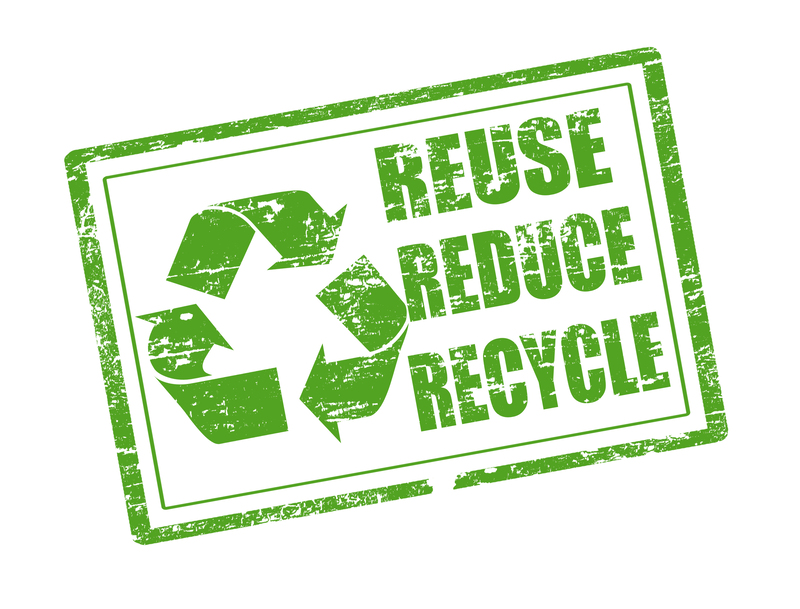Plastic-derived Fuel Innovations
Introduction to Plastic-derived Fuel
Our modern world runs on plastic. It's omnipresent, from the plastic bags in supermarkets to the intricate components inside our smartphones. However, this ubiquity has created a pressing environmental issue due to plastic waste. A promising solution has emerged in the form of plastic-derived fuel innovations. These breakthroughs offer a dual benefit: reducing plastic waste while also creating a new source of energy.

The Science Behind Plastic-derived Fuel
Plastic-derived fuel, also known as pyrolysis oil, involves breaking down plastic waste into simpler hydrocarbons through a process called pyrolysis. Pyrolysis is a thermochemical decomposition of organic material at elevated temperatures in the absence of oxygen. This process converts plastics into liquid fuels, gases, and solid residues. The primary output can be refined into various fuels, including diesel, gasoline, and jet fuel.
Types of Plastic Suitable for Fuel Production
Not all plastics are created equal, and different kinds are more suitable for pyrolysis. Here are some common types used in fuel production:
- **Polyethylene (PE)**: Found in shopping bags and plastic bottles
- **Polypropylene (PP)**: Used in food containers and packaging
- **Polystyrene (PS)**: Common in disposable coffee cups and insulation materials
- **Polyethylene Terephthalate (PET)**: Found in beverage bottles and food packaging
Recent Innovations in Plastic-derived Fuel
The field is rapidly evolving with significant technological advancements:
1. **Catalytic Pyrolysis**: Utilizes catalysts to lower the pyrolysis temperature, making the process more energy-efficient.
2. **Hydrothermal Liquefaction**: Employs water at high pressure and temperature to convert plastics into crude oil-like substances.
3. **Microwave-assisted Pyrolysis**: Uses microwave energy to achieve uniform heating, improving the efficiency and yield of fuel products.
Environmental and Economic Benefits
Plastic-derived fuel offers significant environmental and economic benefits:
- **Reduction in Plastic Waste**: Diverts large quantities of plastics from landfills and oceans.
- **Energy Recovery**: Converts waste into economically valuable fuel.
- **Lower Carbon Footprint**: Pyrolysis processes can be optimized to minimize greenhouse gas emissions.
The Pros and Cons of Plastic-derived Fuel
Pros:
- **Waste Management**: Helps manage and reduce the growing problem of plastic waste.
- **Resource Efficiency**: Converts waste into useful fuel, maximizing resource utilization.
- **Energy Production**: Provides an alternative energy source amid dwindling fossil fuels.
Cons:
- **Energy Intensive**: The process itself can be energy-consuming.
- **Pollution**: Poorly managed pyrolysis can produce harmful emissions.
- **Economic Viability**: The cost of setting up and running plants can be high.
Tips for Implementation
1. **Choose the Right Technology**: Selecting the appropriate pyrolysis technology is crucial for efficiency.
2. **Location Matters**: Establish facilities near plastic waste sources and fuel markets to reduce transportation costs.
3. **Regulations and Permits**: Ensure compliance with local regulations to avoid legal hurdles.

Takeaways
1. Plastic-derived fuel innovations offer a sustainable solution to plastic waste and energy shortages.
2. Technological advancements are making the process more efficient and environmentally friendly.
3. Despite the benefits, challenges such as high energy consumption and costs need to be addressed.
Conclusion
Plastic-derived fuel innovations stand at the intersection of waste management and sustainable energy production. They offer a compelling solution to the growing plastic waste problem while providing an alternative fuel source. As technology advances, the economic and environmental viability of these options will likely improve, making them an integral part of our sustainable future.
In summary, plastic-derived fuel innovations present a promising solution to reduce plastic waste and create an alternative energy source. With ongoing advancements and proper implementation strategies, the benefits can significantly outweigh the challenges.
